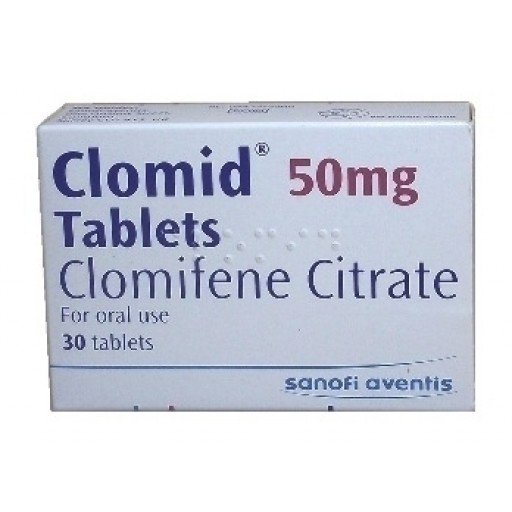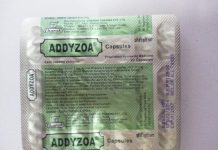Clomid is the most widely used drug for infertility world wide, accounting for 2/3rds of all drug prescriptions
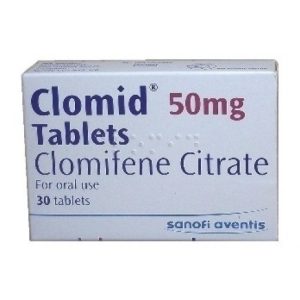
Take a deep dive with me on the what/how/why of it all using Yen & Jaffe’s textbook as a source.
In the late 50’s, the first non steroidal estrogen antagonist (MER-25) was being tested in patients with estrogen sensitive breast cancer and endometrial hyperplasia
🔑 Many of the endometrial hyperplasia patients had amenorrhea secondary to #PCOS

To the investigators surprise, these patients began to cycle regularly with MER-25…cluing them in that they could take advantage of this side effect
🔑 The next generation of estrogen antagonists, clomiphene citrate (MRL/41), proved even better at this.
In 1956 the William S. Merrell Company first synthesized Clomiphene thinking they could use it as a contraceptive
➡️ In 1961 though they published in @JAMA_current
that the medication restored ovulation in 28 of 36 women
➡️ @US_FDA approved it in 1967 for ovulation induction
👀 Interestingly, the William S. Merrell Company were also the makers of thalidomide, and we all now how that turned out….
But we digress!
How clomid work?
Clomiphene is a racemic mixture of 2 stereoisomers
➡️ Enclomiphene has a short half life
➡️ Zuclomiphene has a longer half life

Together, these isomers block estradiol feedback at the hypothalamus and increase pituitary FSH production by about 50%
🔑 Hence its utility for treatment of anovulatory infertility
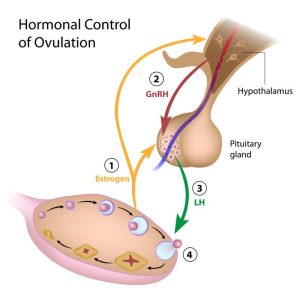
It’s given usually between day 2-5 of a menstrual cycle, no more than 5 days, to allow FSH levels to fall in late follicular phase…to promote mono follicular development.
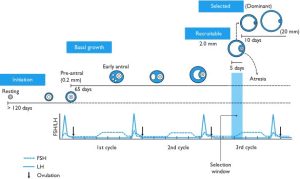
At doses starting at 50mg/day and increasing to up to 150mg/day with subsequent cycles:
➡️ 60-85% of anovulatory women will become ovulatory
➡️ 30-40% will become pregnant
🔑 50% of women will ovulate at 50mg dose…and another 25% will ovulate at 100mg
It doesn’t work in all women all the time:
➡️ CYP2D6 enzyme polymorphisms may account for some of the variability in response
💩 Fun fact: It is excreted into faeces
Like all good things, there are some side effects:
➡️ hot flushes
➡️ nausea/vomiting
➡️ breast tenderness
➡️ hair loss (reversible)
➡️ blurry vision (reversible)
Also some important pregnancy related side effects
➡️ Risk of multiple pregnancies (<10%)
➡️ OHSS is rare (<2%)
➡️ Long term use may be associated with ovarian cancer (>12 months)

Clomid (clomiphene citrate) is an awesome drug that is effective, affordable, and for many people the only access they have to treatment for infertility
Pietro Bortoletto MD, MSc

















